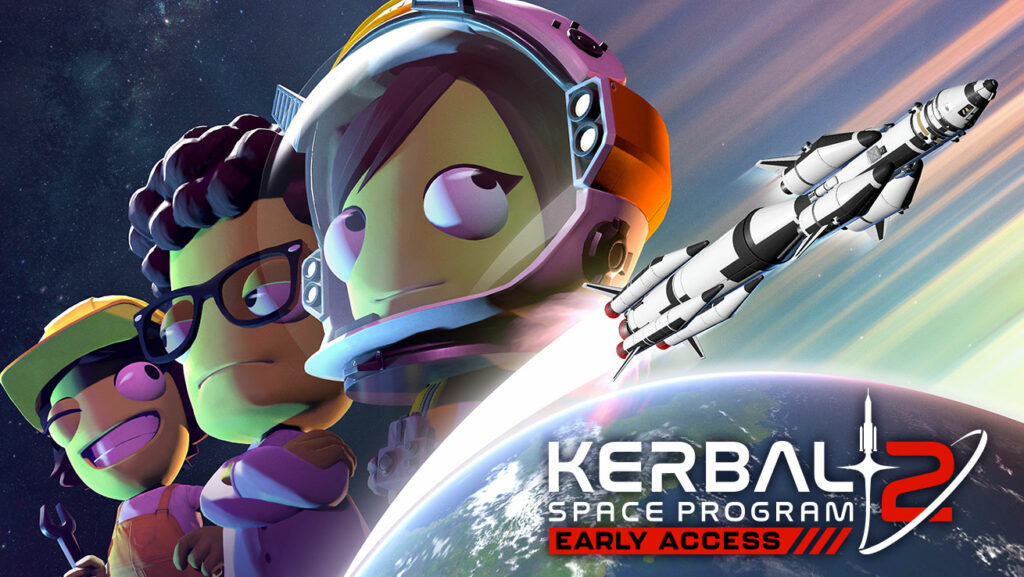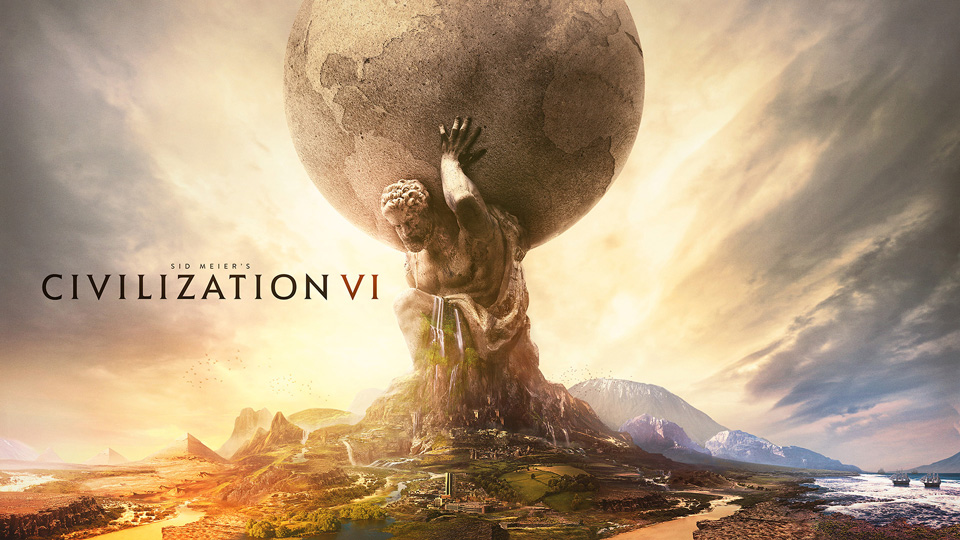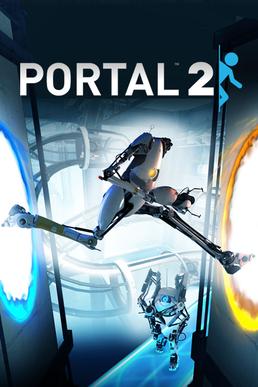This week we tested out a variety of video games that can be used in educational purposes. As a strong advocate for video games, I do believe that they can be implemented meaningfully within the curriculum and be a source for academic growth. When I was observing a classroom last semester, I had the opportunity to access all of the apps that the students would play. What I noticed, however, is that a majority of these apps were used for math, rather than any other subject. I found that these math games were actually really badly created. Some of the games had fast time limits that evoked stress, while others would begin to automatically solve the problem for you. I felt there was a large disconnect between too easy and too hard; which in turn, rendered these games useless for learning.
The first educational game that I recall using and loving was My Amazing Human Body (Video gameplay is below ↓) This is one that my mother had purchased and my siblings and I would spend hours on this game. I did find that this game did allow me to learn, while being fun enough to not even realize it was for learning. I find a game like this would not hold the same value today as games have evolved to become flashy and fast-paced, which would make this game appear incredibly boring.
As I got older, I did play a variety of video games. However, one that I have been reminded of during this lesson was Sugar, Sugar that is a problem-solving game that requires you to catch the sugar falling from the comma of the title “Sugar, Sugar” and use your mouse to draw a path to guide it to fall into the mug. As the levels progress, the paths becoming increasingly difficult. Once again, as a child I did not realize that this game was much more than a fun game, rather, it was one that developed my problem-solving skills, patience, and resilience.
As an adult, I have played many games that I have since realized would be beneficial educational games . Here are a few:

Kerbal Space Program is a game in which players create and control their own space programs which are reminiscent of NASA’s space programs of the 1960s. The game sneakily hides physics to calculate the launch and distance of the rockets. As the website Studiosity mentions, “In fact the physics modelled in this game are so useful that both NASA and the European Space Agency officially endorse it, and some schools even use this game in order to help teach orbital physics.” NASA has extended their endorsement to collaborate with this game in a series of challenges for the general public found here. While this game has a powerful educational outcome, it is a very difficult game that would be best suited for high school students perhaps in science and math classes.

Civilization VI is another game that can enhance a student’s interest in history. Their website describes it as ” …a turn-based strategy game in which you attempt to build an empire to stand the test of time. Become Ruler of the World by establishing and leading a civilization from the Stone Age to the Information Age. Wage war, conduct diplomacy, advance your culture, and go head-to-head with history’s greatest leaders as you attempt to build the greatest civilization the world has ever known.” Furthermore, it can extend a players knowledge of geography, politics, economics, and more. Medium.com wrote a fantastic blog about how the game is educational; however, It is not a direct representation of history as it “is pretty much useless in the domain of memorizing the dates and names of history. [However, the author] would argue that what Civ VI teaches best is conceptual and strategic knowledge around how civilizations develop. This game can be used in middle school classrooms and could aid in history and geography classes.

Portal 2 is described by Wikipedia as “a first-person perspective puzzle game…as one of two robots—Atlas and P-Body—in the cooperative campaign, or as a simplistic humanoid icon in community-developed puzzles…The goal of both campaigns is to explore the Aperture Science Laboratory—a complicated, malleable mechanized maze. While some parts of the game takes place in modular test chambers with clearly defined entrances and exits, other parts occur in behind-the-scenes areas where the objective is less clear.” Ultimately, it is a puzzle-based game that can be played individually, or collaboratively. Teachthought has detailed ways in which Portal 2 can be introduced in a classroom, this can be found here.
Leave a Reply